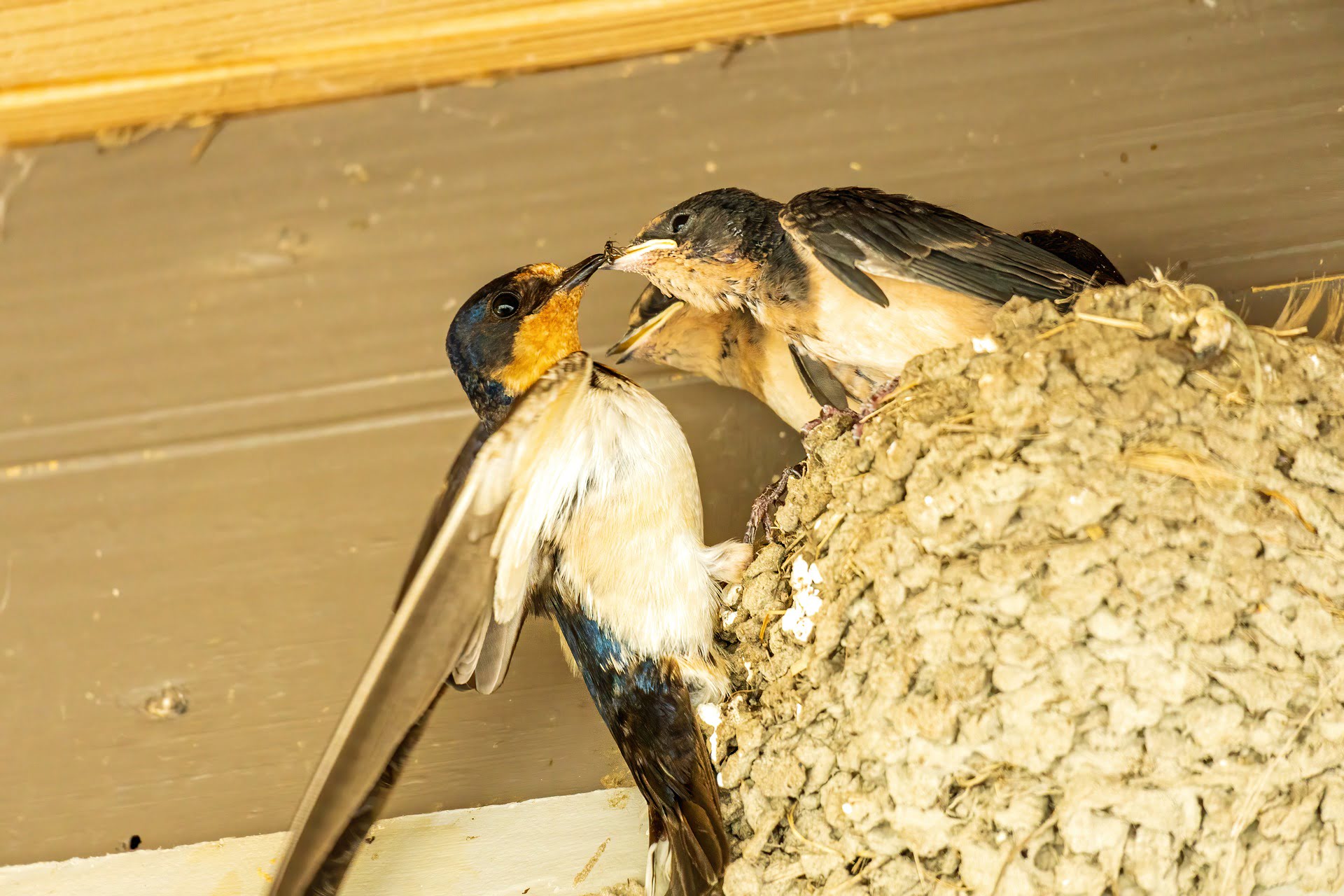

Articles
How To Keep Swallows From Nesting On My Porch
Modified: August 27, 2024
Learn effective strategies to prevent swallows from nesting on your porch with these informative articles. Implement practical tips and techniques today!
(Many of the links in this article redirect to a specific reviewed product. Your purchase of these products through affiliate links helps to generate commission for Storables.com, at no extra cost. Learn more)
Introduction
Having a porch is a wonderful addition to any home. It provides a space to relax, enjoy the outdoors, and entertain guests. However, when swallows start nesting on your porch, it can become a nuisance and create a mess. Swallows are small migratory birds known for building mud nests, and they often choose porches as their nesting sites.
While swallows may be fascinating creatures to observe, their nests can cause several issues. The accumulation of droppings and debris can make your porch dirty and unsightly. Additionally, swallows are protected by law in many regions, which means you cannot disturb their nests once they are occupied.
If you’re tired of swallows nesting on your porch and want to find effective solutions to deter them, you’ve come to the right place. In this article, we will explore different methods and strategies to keep swallows from nesting on your porch, allowing you to enjoy a clean and bird-free outdoor space.
Before we dive into the methods, it is essential to understand the nesting habits of swallows and how to identify their nests. By understanding their behavior, you can implement the most suitable deterrents to prevent swallows from making your porch their permanent residence.
Key Takeaways:
- Protect your porch from swallows by understanding their nesting habits, identifying nests, and using natural deterrents like spices, reflective objects, and predator decoys. Keep your porch clean and consider installing physical barriers or fake nests to discourage nesting.
- When dealing with swallows nesting on your porch, it’s essential to respect local laws and regulations. Consider using sound deterrents, but always prioritize prevention and deterrence over nest removal. With the right strategies, you can maintain a clean and bird-free outdoor space while respecting the natural habitats of swallows and other bird species.
Understanding Swallow Nesting Habits
Swallows are highly adaptable birds that are known for their skilled flying abilities. They typically nest in colonies and prefer nesting sites that provide safety, shelter, and proximity to their food sources. Understanding their nesting habits will help you identify why swallows have chosen your porch as their nesting site.
Swallows build their nests out of mud and saliva, creating small cup-shaped structures that are attached to vertical surfaces. They choose locations that are sheltered and protected from predators. Porches, with their overhead cover and sturdy structures, provide an ideal nesting location for swallows.
Swallows are migratory birds and return to the same nesting sites year after year. They start building their nests in early spring and lay several eggs, typically 4 to 6 per clutch. The parents take turns incubating the eggs and feeding the hatchlings until they are ready to leave the nest. Once the young swallows fledge, they may return to the same nesting site in subsequent years.
It’s important to note that swallows are protected under various laws and regulations, making it illegal to disturb their nests once they are occupied. Therefore, it’s essential to take proactive measures to deter swallows from nesting on your porch, rather than attempting to remove their nests once they are occupied.
Now that you are familiar with swallow nesting habits, let’s move on to how you can identify their nests on your porch.
Identifying Swallow Nests
Identifying swallow nests on your porch is crucial for understanding the extent of the issue and implementing effective deterrents. Swallow nests have distinct characteristics that differentiate them from other bird nests.
Swallow nests are made primarily of mud and saliva, giving them a unique appearance that resembles a shallow cup. They are often found attached to vertical surfaces, such as under eaves, on beams, or against walls. The nests are typically neat and well-constructed, with a small entrance hole on the side.
When identifying swallow nests, look for the following signs:
- Mud and saliva composition: Swallow nests are primarily made of mud and saliva, giving them a distinct appearance and texture. If you notice a nest on your porch that appears to be made of dried mud or clay-like material, it is likely a swallow’s nest.
- Location: Swallows prefer nesting on protected and sheltered surfaces. Check underneath eaves, along beams, or against walls on your porch. Swallow nests are usually attached to these types of vertical surfaces.
- Shallow cup shape: Swallow nests are cup-shaped, with a hollow interior. They are relatively small and compact, designed to accommodate the size of the adult birds and their eggs.
- Entrance hole: Swallow nests have a small entrance hole located on the side. This hole allows the birds to access the nest and feed their young while providing protection from predators.
If you have identified swallow nests on your porch, it’s crucial to refrain from disturbing them once they are occupied. Instead, focus on implementing deterrents to prevent future nesting and minimize the mess and inconvenience caused by swallows.
Next, we will explore various natural deterrents that can help keep swallows from nesting on your porch.
Natural Deterrents for Swallows
When it comes to deterring swallows from nesting on your porch, there are several natural options available that can discourage these birds from making your space their home.
1. Spices and Herbs: Swallows have a strong sense of smell, and certain spices and herbs can be repulsive to them. Try sprinkling cayenne pepper, cinnamon, or garlic powder around your porch or near potential nesting sites. The strong aroma may discourage swallows from setting up nests in the area.
2. Reflective Objects: Swallows are wary of reflective surfaces, which they perceive as a potential threat. Hang reflective objects such as old CDs, aluminum foil strips, or wind chimes near your porch to create visual disturbances that deter swallows from nesting.
3. Predator Decoys: Swallows are wary of predators, so placing decoys like plastic owls or hawks near your porch can create the illusion of danger. Make sure to move the decoys periodically to maintain their effectiveness.
4. Citrus Scents: Swallows dislike strong citrus scents. Consider spraying a diluted mixture of lemon or orange essential oil around your porch or using citrus-scented cleaning products to create an environment that is unappealing to swallows.
5. Bird of Prey Calls: Playing recordings of bird of prey calls, such as falcons or hawks, can help deter swallows. The sound of their potential predators can make swallows uneasy and discourage nesting.
6. Netting or Mesh: Install a fine mesh or netting around potential nesting sites to create a physical barrier that prevents swallows from accessing these areas. Ensure that the netting is properly secured to prevent any entanglement or harm to the birds.
Remember, natural deterrents are safe for both the birds and the environment. By using these methods, you can discourage swallows from nesting on your porch without causing harm to these protected species. In the next sections, we will explore more effective strategies to keep swallows at bay, including physical barriers and cleaning tips.
Installing a Physical Barrier
If you want a more effective and long-term solution to keep swallows from nesting on your porch, installing a physical barrier is a recommended option. Physical barriers create a physical obstacle that prevents swallows from accessing their preferred nesting sites. Here are some effective ways to install a physical barrier:
1. Bird Netting: Bird netting is a popular option for keeping swallows away. It is made of durable, lightweight materials and can be easily draped over areas where swallows tend to nest. Ensure that the netting is securely fastened to prevent any gaps or openings that swallows can squeeze through. Be cautious not to create any entanglement hazards for the birds.
2. Wire Mesh: Using wire mesh is another effective method to create a physical barrier. Choose a mesh size that prevents swallows from entering while still allowing air circulation. Secure the wire mesh tightly over potential nesting areas, such as under eaves or along beams. Make sure to cover all accessible openings and corners that swallows may try to access.
3. Porch Enclosures: If you’re willing to make a more substantial investment, consider enclosing your porch with screens or glass. This creates a complete barrier that not only keeps swallows out but also offers protection from other pests and provides additional comfort and privacy.
4. Plastic Strips: Plastic strips, also known as bird deterrent strips, can be attached to areas where swallows tend to nest. The strips have sharp edges that make it uncomfortable for birds to roost or build nests. Ensure that the strips are properly secured and spaced to prevent any gaps that swallows can slip through.
Before installing any physical barrier, it is essential to make sure there are no active swallow nests on your porch. If there are nests, you’ll need to wait until they are vacant before implementing the barrier. Remember, interfering with occupied nests is against the law in many regions and can lead to legal consequences.
By installing a physical barrier, you can effectively prevent swallows from nesting on your porch and enjoy a clean and bird-free outdoor space. In the next section, we will explore the importance of keeping your porch clean and free of nesting materials to discourage swallows from settling in.
Place a decoy predator, such as a fake owl or hawk, near the nesting area. Swallows are less likely to nest in an area where they feel threatened by predators.
Read more: How To Keep Barn Swallows Off Porch
Keeping Porch Clean and Free of Nesting Materials
One of the essential steps in deterring swallows from nesting on your porch is to maintain a clean and nest-free environment. Swallows are attracted to debris, nesting materials, and other conditions that provide them with suitable nesting opportunities. By following these tips, you can discourage swallows from settling in:
Regular Cleaning: Regularly sweep and clean your porch to remove any nesting materials, droppings, or debris that may attract swallows. Pay close attention to corners, under eaves, and any other potential nesting areas.
Remove Food Sources: Swallows are primarily insectivorous, so it’s important to minimize the presence of insects around your porch. Keep your porch area free of standing water, clean up food spills, and maintain proper garbage disposal to discourage the presence of insects that may attract swallows.
Trim Vegetation: Trim trees, shrubs, and branches that are close to your porch. Swallows often perch on these structures before attempting to build their nests. By keeping vegetation away from your porch, you eliminate potential perching spots, making it less attractive for swallows.
Seal Potential Nesting Areas: Inspect your porch for any gaps, cracks, or openings that may serve as potential nesting sites. Seal off these areas using caulk, mesh, or other suitable materials. By eliminating access to nesting sites, you can discourage swallows from settling on your porch.
Use Visual Deterrents: Install bird scare devices, such as reflective tape, wind spinners, or inflatable decoys, to create a visually unappealing environment for swallows. The movement and reflection of these deterrents can discourage swallows from approaching and nesting on your porch.
By regularly cleaning your porch, removing food sources and potential nesting materials, and implementing visual deterrents, you can create an environment that is less attractive to swallows. These preventive measures, combined with other deterrent methods, can significantly reduce the chances of swallows nesting on your porch.
Next, we will explore the use of fake nests as a deterrent to keep swallows away from your porch.
Fake Nests as a Deterrent
Using fake nests can be an effective and humane method to deter swallows from nesting on your porch. Swallows are social birds that prefer to nest near existing colonies. By placing artificial nests in strategic locations, you can create the impression that the area is already occupied, discouraging swallows from attempting to build their nests there. Here’s how you can use fake nests as a deterrent:
1. Purchase or Create Fake Nests: You can find artificial swallow nests at garden supply stores or online retailers. Alternatively, you can make your own fake nests using materials like mud, clay, and straw. The key is to make them look as realistic as possible.
2. Place Fake Nests: Identify potential nesting sites on your porch and hang or position the fake nests in strategic locations. Swallows are territorial and will avoid nesting too close to existing nests. Place the fake nests in areas where swallows commonly nest, such as under eaves or on beams.
3. Maintain the Nests: Swallows are observant and will notice if the fake nests are not maintained or show signs of disrepair. Periodically clean and repair the fake nests to keep them in good condition. This will enhance their effectiveness as a deterrent.
4. Combine with Other Deterrents: Fake nests work best when used in conjunction with other deterrent strategies. Consider using reflective objects, predator decoys, or sound deterrents alongside the fake nests to create a more comprehensive defense against swallows.
Fake nests can be an affordable and non-harmful means to deter swallows from nesting on your porch. However, it’s important to note that some determined swallows may still attempt to build their nests despite the presence of fake nests. In such cases, consider combining fake nests with physical barriers or sound deterrents for better effectiveness.
In the next section, we will explore the use of sound deterrents to keep swallows away from your porch.
Using Sound Deterrents
Sound deterrents can be an effective method to deter swallows from nesting on your porch. Swallows are sensitive to certain sounds, particularly those associated with predators or distress calls. By using sound deterrents, you can create an environment that is uncomfortable or intimidating for swallows, encouraging them to find alternative nesting sites. Here are some sound deterrent options to consider:
1. Bird of Prey Calls: Playing recordings of bird of prey calls, such as falcons or hawks, can be an effective deterrent for swallows. The sound of their potential predators can create a sense of danger and make swallows uneasy, discouraging nesting in the area. Make sure to periodically change the bird of prey calls to avoid habituation.
2. Distress Calls: Swallows are social birds and respond to the distress calls of their species. You can find pre-recorded swallow distress call tracks that can be played to discourage nesting. The distress calls indicate potential danger, making swallows wary of settling in that area.
3. Ultrasonic Devices: Ultrasonic devices emit high-frequency sound waves that are inaudible to humans but can be distressing or irritating for birds. These devices can be placed near potential nesting areas on your porch. Be sure to select a model that specifically targets swallows or birds in general.
4. Wind Chimes: Wind chimes can create soft, rhythmic sounds that can help deter swallows. Hang wind chimes near your porch, and the gentle sounds they produce can disrupt the calm and make swallows uncomfortable, discouraging nesting.
5. Motion-Activated Devices: Motion-activated sound deterrents can detect the presence of swallows and emit sounds or play recorded bird distress calls. These devices are designed to startle the birds and prevent them from nesting on your porch. They can be an effective option for larger porch areas.
When using sound deterrents, it is important to regularly change the sounds or patterns to prevent swallows from becoming accustomed or habituated to the deterrent. Additionally, be aware of any potential noise disturbances that may impact your neighbors and adhere to local noise regulations.
In the next section, we will discuss the importance of removing existing swallow nests and the proper procedures for doing so.
Removing Existing Swallow Nests
Removing existing swallow nests can be a tricky and sensitive process. It’s important to note that swallows are protected by law in many regions, and disturbing their nests while occupied may be illegal. Therefore, it’s crucial to understand the proper procedures and regulations before attempting to remove any nests. Here are some guidelines to consider:
1. Check Local Laws: Familiarize yourself with the laws and regulations regarding the removal of swallow nests in your area. Some regions have strict guidelines to protect nesting birds, and it may be prohibited to disturb or remove nests while they are occupied. Violating these laws can result in severe penalties.
2. Timing: If you are allowed to remove nests, choose the appropriate time to do so. Swallows are migratory birds, and they typically leave their nests once their young have fledged. Remove nests during the late summer or early fall when you can be relatively certain that they are unoccupied.
3. Safety Measures: Before removing a nest, take appropriate safety measures. Wear protective gloves, a face mask, and goggles to protect yourself from bird droppings and any potential parasites that may be present in the nest. Use a ladder or long-handled tools to reach and gently remove the nest.
4. Nest Disposal: Properly dispose of the nest material in a sealed bag and place it in your regular trash. Be sure to clean the area where the nest was located to remove any remaining droppings or debris.
5. Nest Modification: If you are permitted to remove nests, consider modifying the area to discourage future nesting. Install physical barriers, such as bird netting or wire mesh, to prevent swallows from accessing the same nesting spots again.
Remember, removing swallow nests should only be done when it is legal and necessary. It is always best to focus on prevention and deterrent methods before considering nest removal. By implementing preventive measures and deterring swallows from the outset, you can avoid the need to remove nests altogether.
With proper knowledge and adherence to laws and guidelines, you can ensure the well-being of swallows while also minimizing the inconvenience caused by their nesting activities. In the next section, we will conclude our article and summarize the key points discussed.
Conclusion
Dealing with swallows nesting on your porch can be a frustrating and messy experience. However, by implementing the right strategies, you can effectively deter swallows and maintain a clean and bird-free outdoor space.
Understanding swallow nesting habits and being able to identify their nests is the first step in addressing the issue. From there, you can choose from a variety of deterrent methods, both natural and physical, to discourage swallows from nesting on your porch.
Natural deterrents such as spices, reflective objects, and predator decoys can create an uncomfortable environment for swallows. Installing a physical barrier like bird netting or wire mesh provides a more long-term solution to prevent access to nesting sites.
Keeping your porch clean and free of nesting materials is essential in deterring swallows. Regular cleaning, removing food sources, and sealing potential nesting areas can discourage swallows from settling in the first place.
Utilizing fake nests as a deterrent can create the impression that the area is already occupied, dissuading swallows from nesting on your porch. Sound deterrents like bird of prey calls, distress calls, and wind chimes can also be effective in deterring swallows.
It’s important to remember that swallows are protected by law in many regions, so removing their nests while occupied may be illegal. Always check local laws and regulations before attempting to remove nests.
By taking a proactive approach and combining these strategies, you can successfully deter swallows from nesting on your porch and enjoy a clean and bird-free outdoor space.
Remember to respect the natural habitats of swallows and other bird species while implementing these deterrent methods. By finding a balance between human needs and wildlife conservation, we can create a harmonious environment for all.
Frequently Asked Questions about How To Keep Swallows From Nesting On My Porch
Was this page helpful?
At Storables.com, we guarantee accurate and reliable information. Our content, validated by Expert Board Contributors, is crafted following stringent Editorial Policies. We're committed to providing you with well-researched, expert-backed insights for all your informational needs.

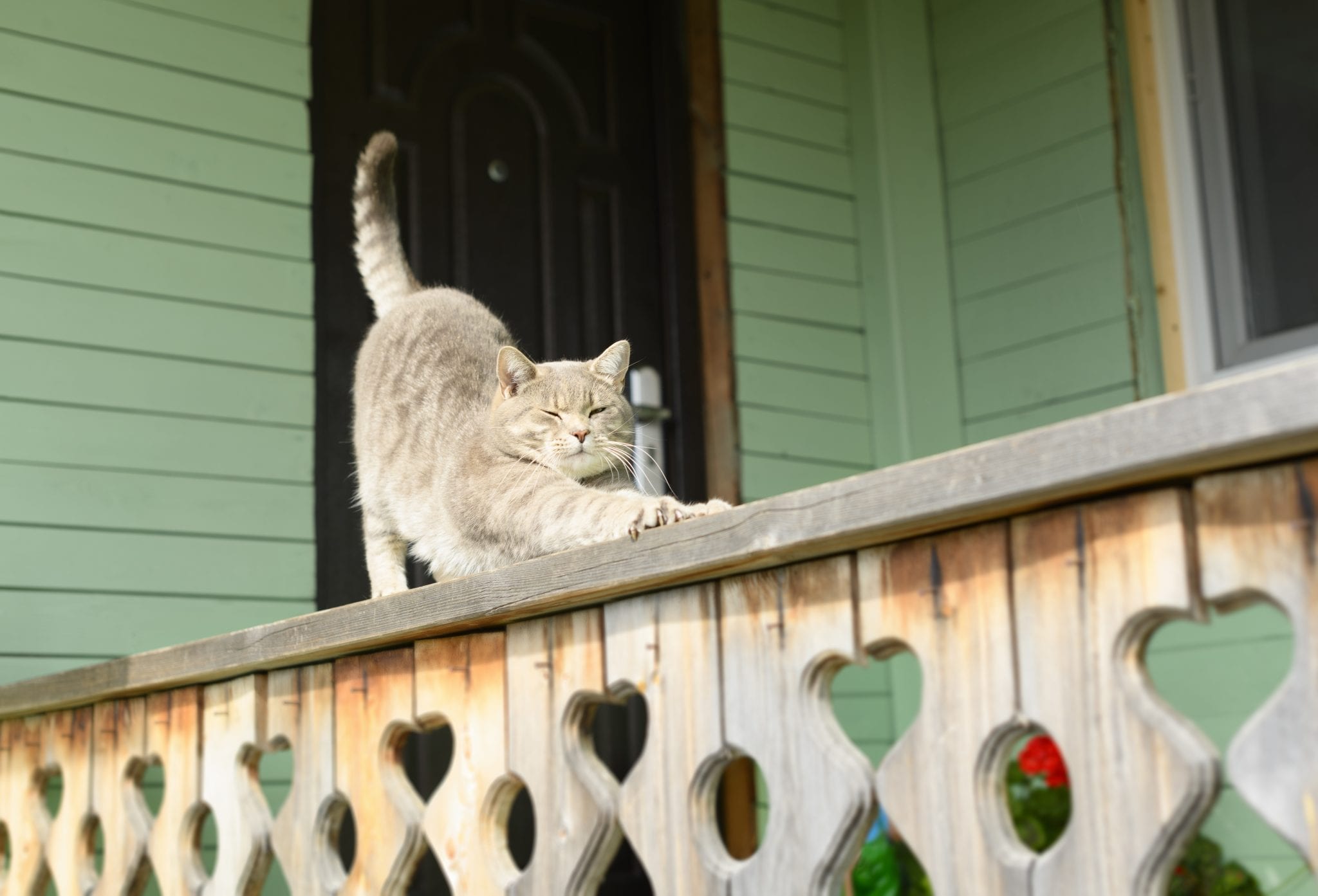
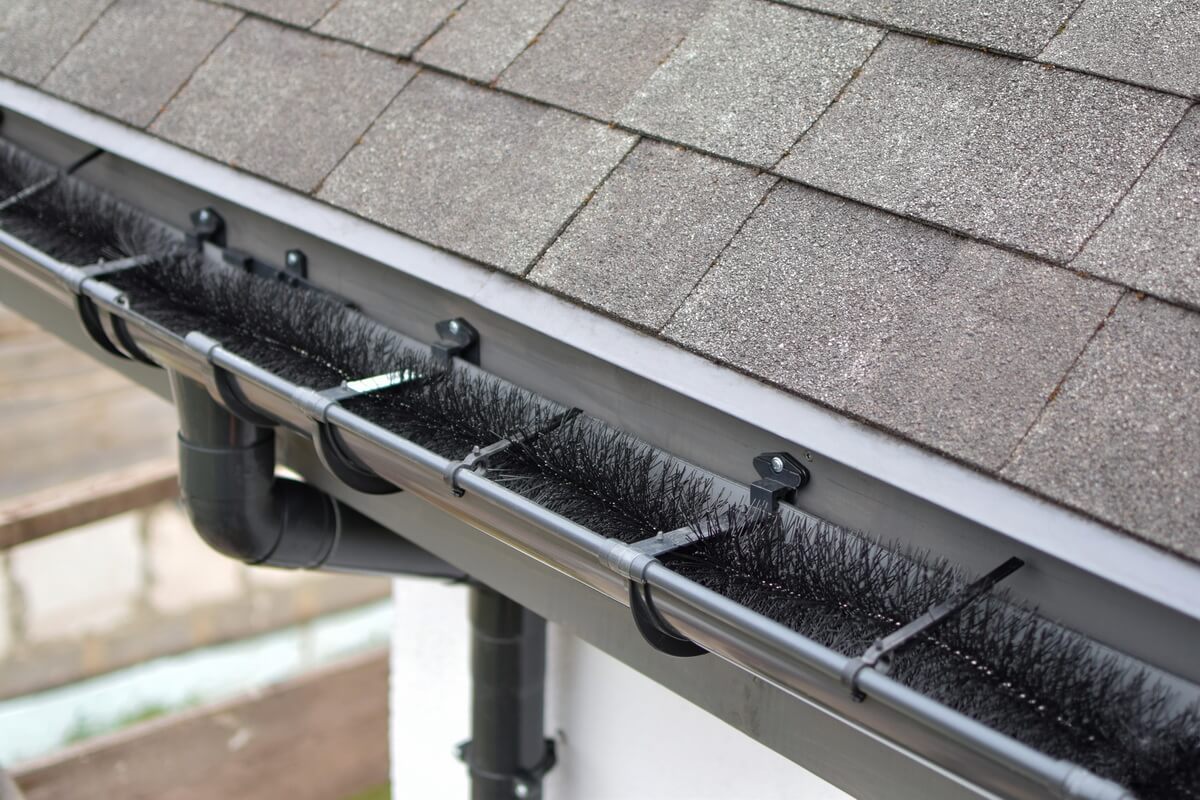

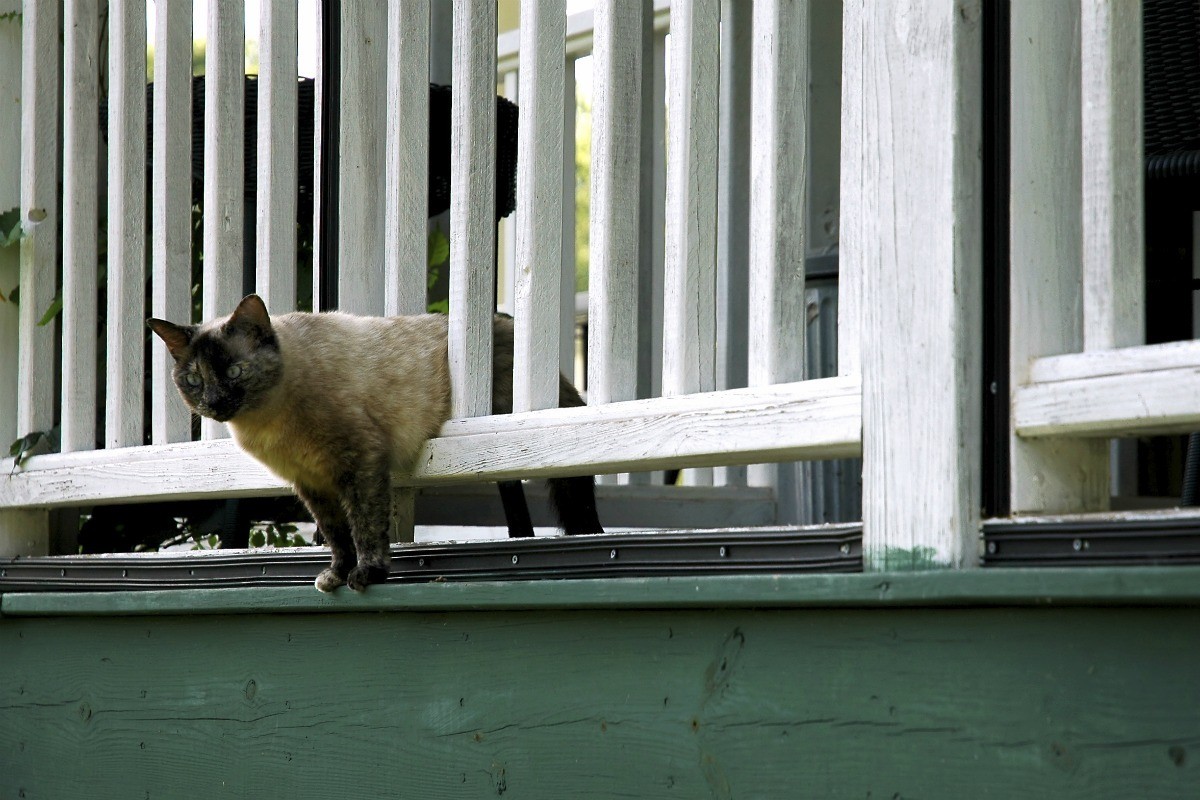
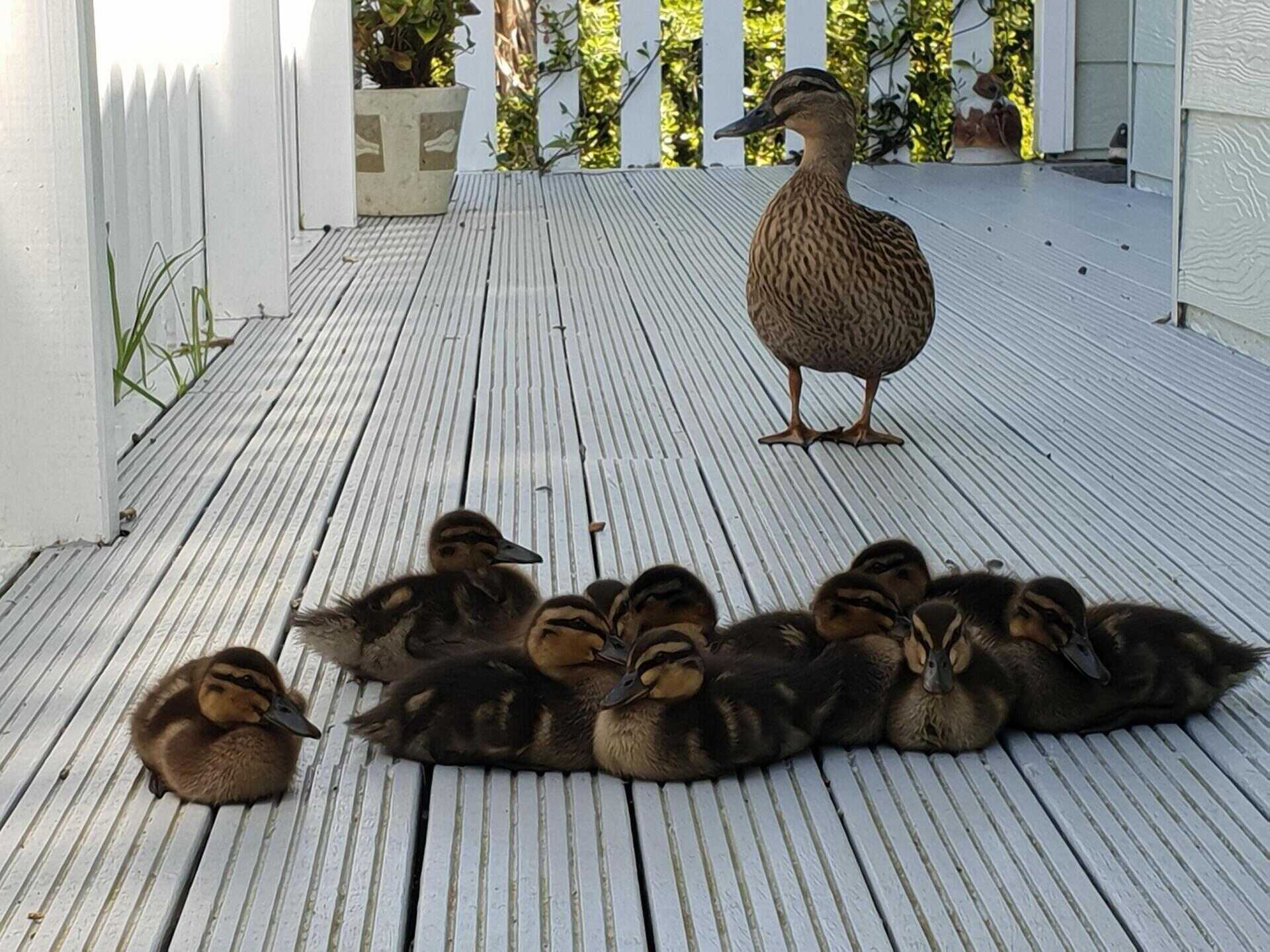


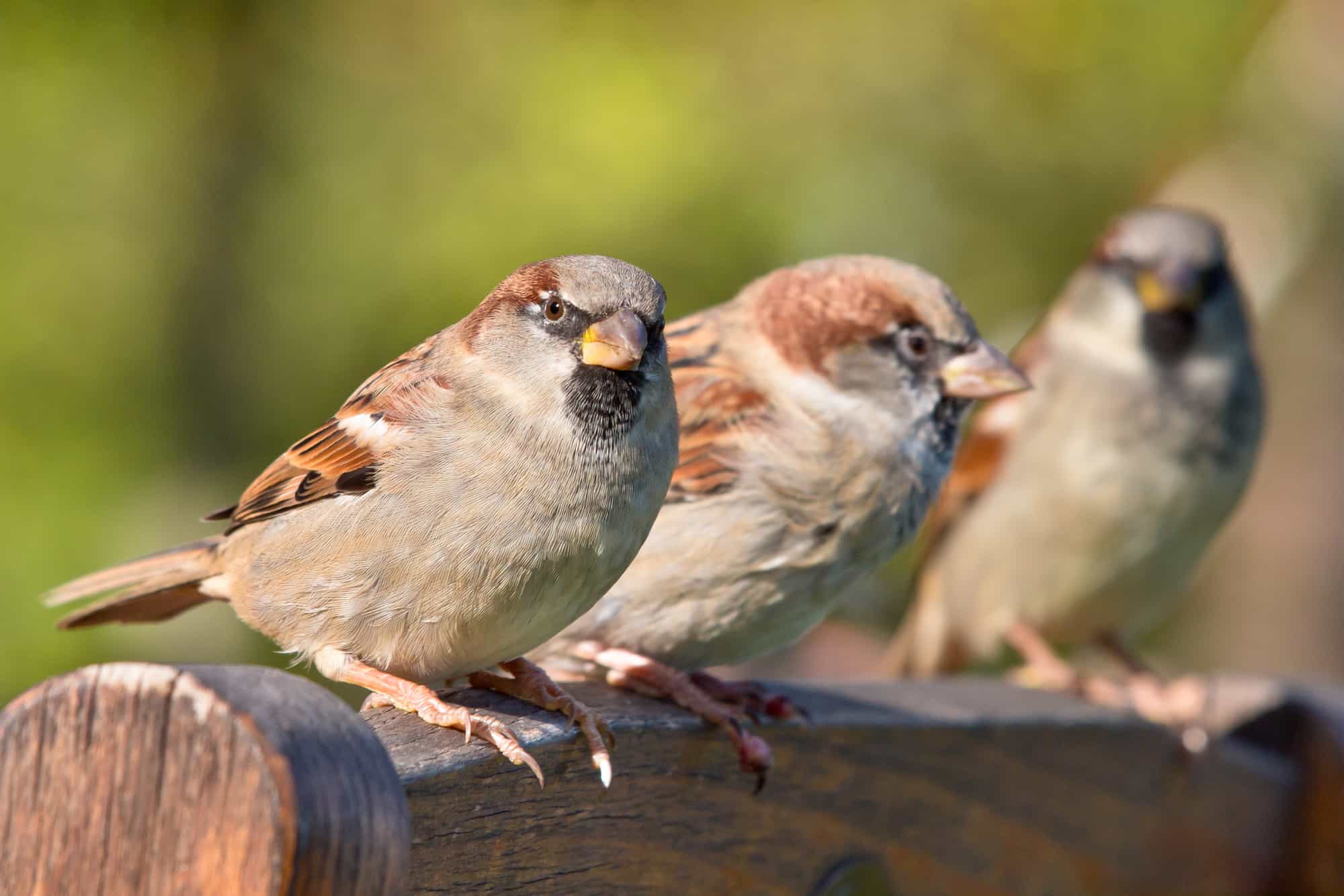
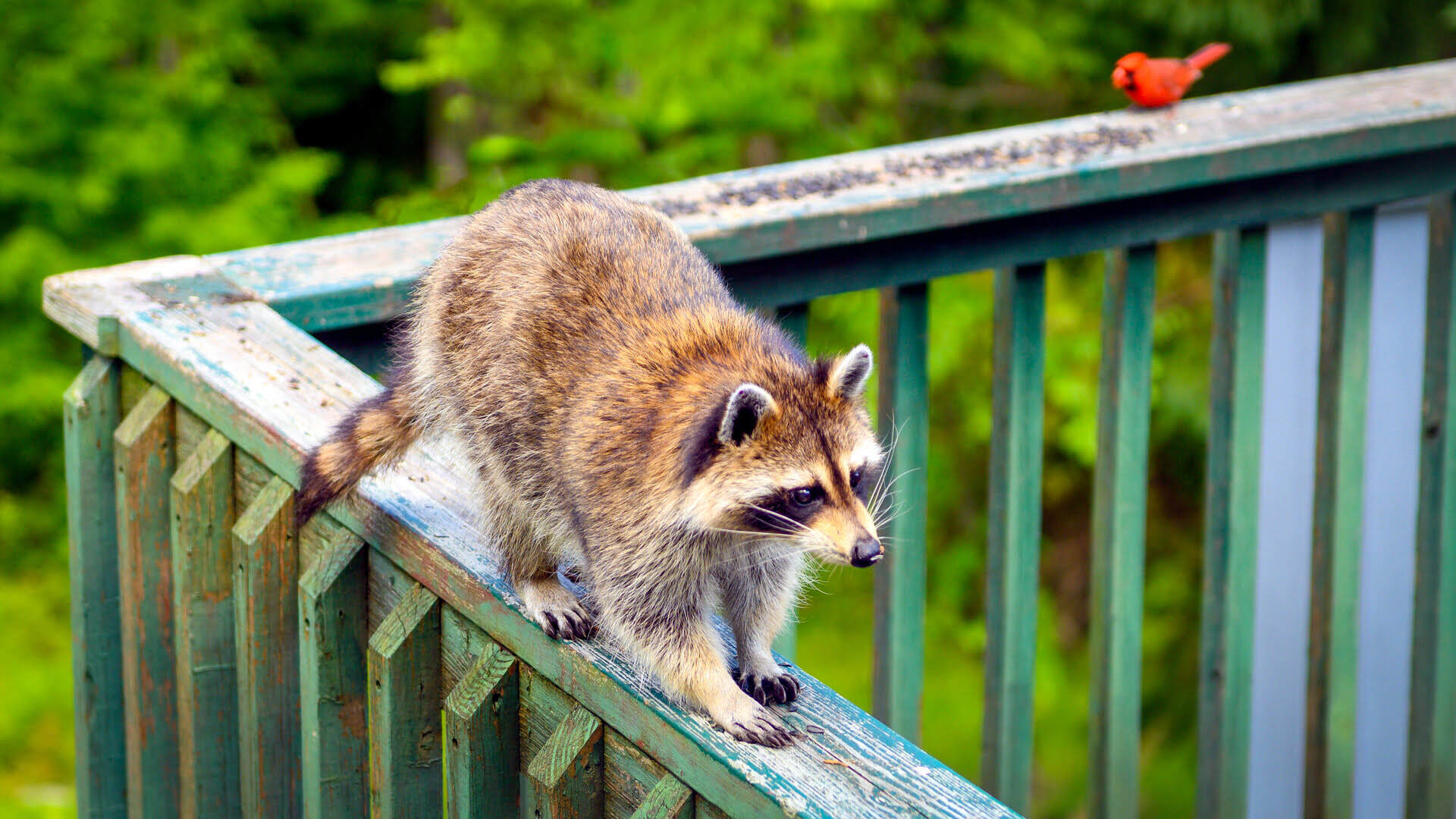

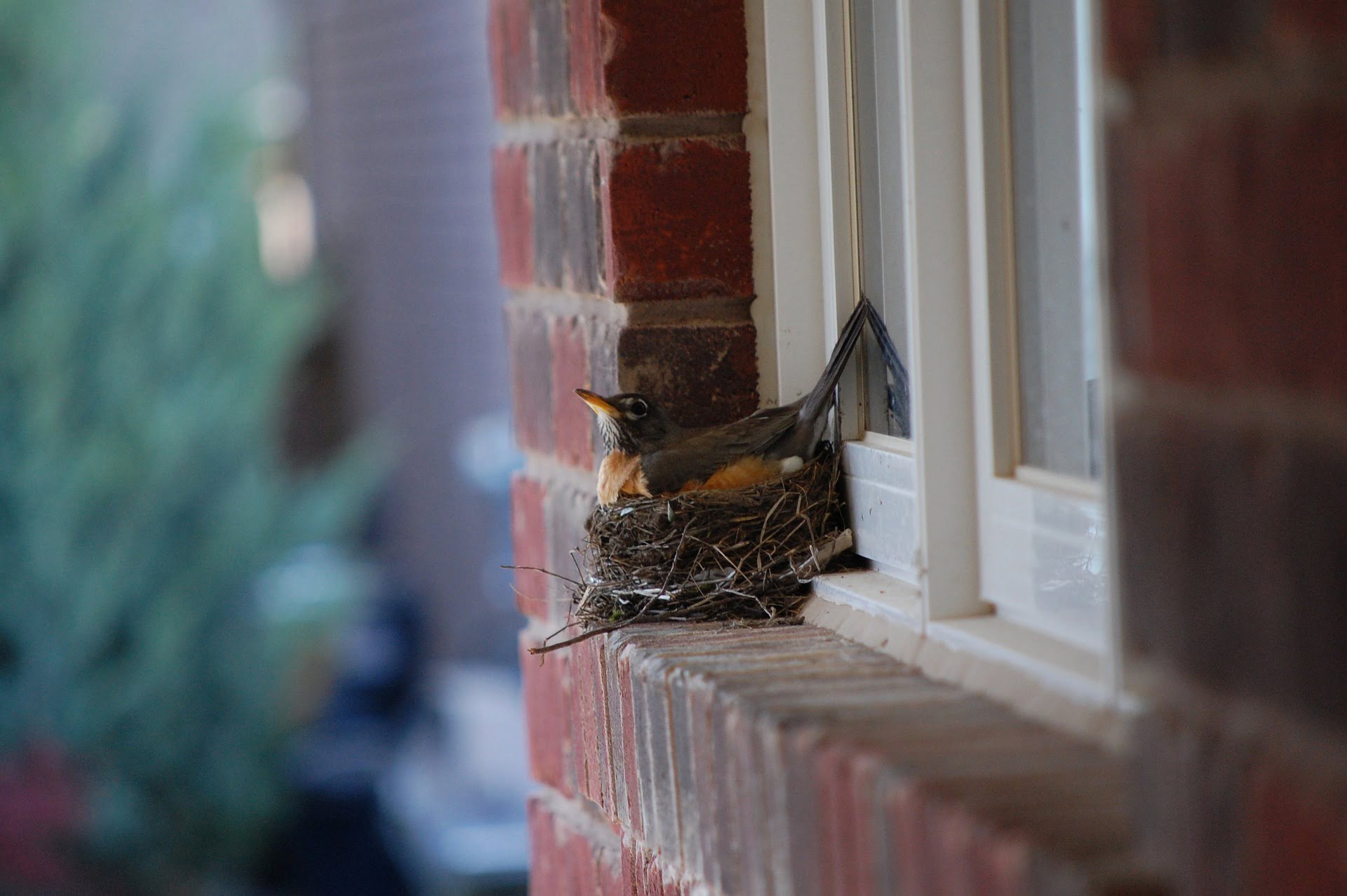
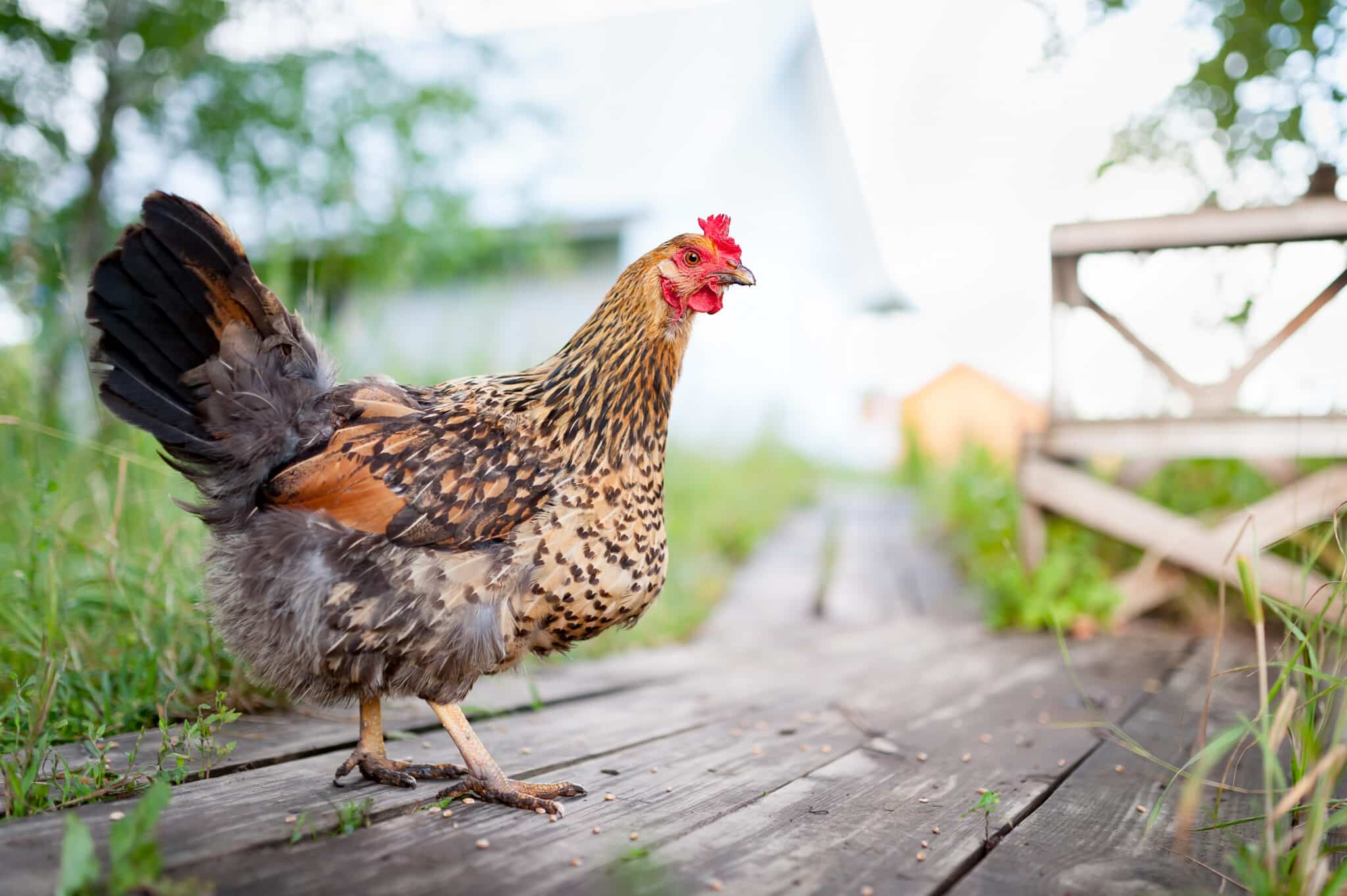

0 thoughts on “How To Keep Swallows From Nesting On My Porch”